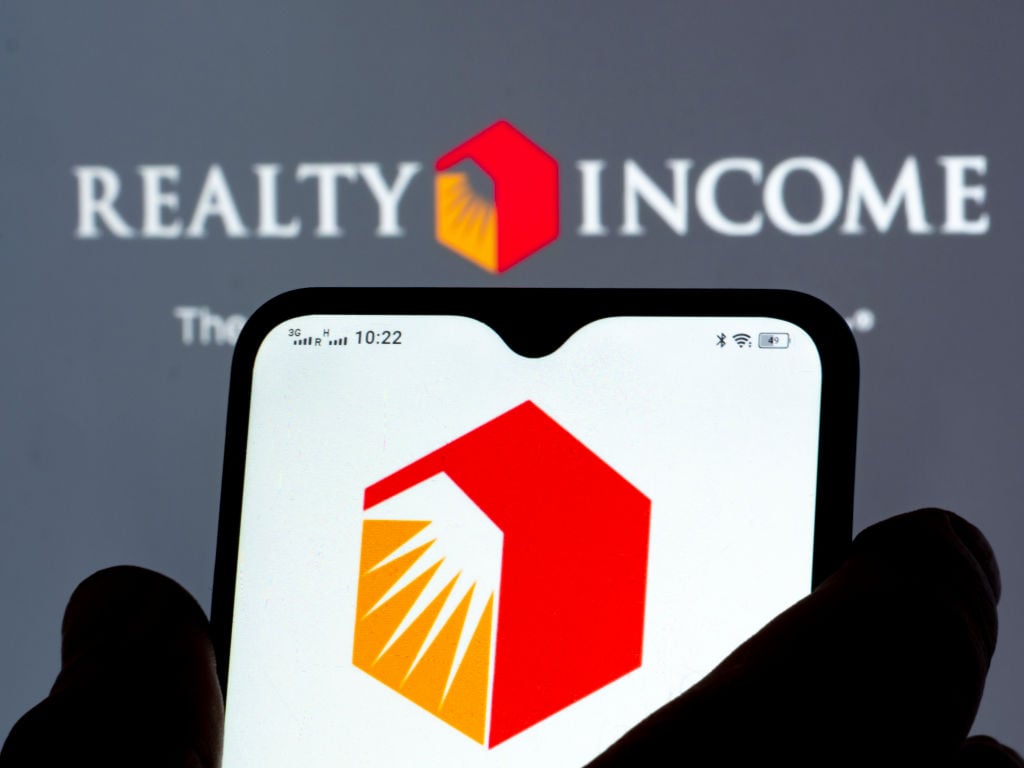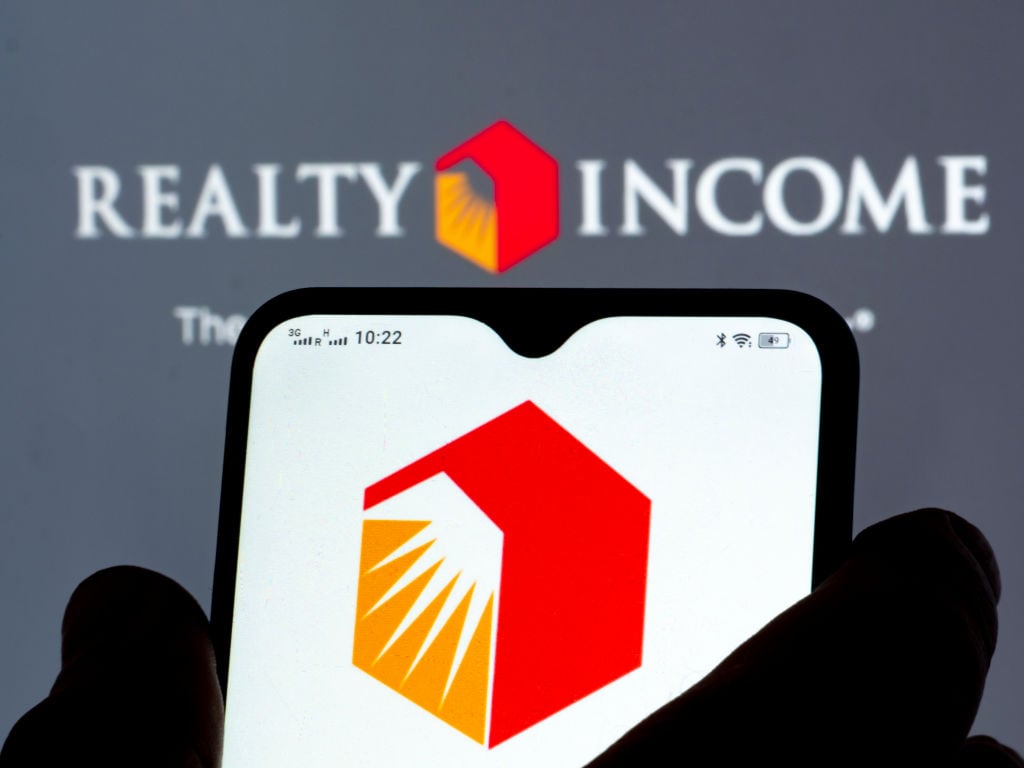Real estate investment trust (REIT) Realty Income (O +1.32%) just made an important show of strength, raising its dividend by 0.2%. Admittedly, that's a tiny hike, but a lot of other landlords are cutting dividends today. But how well is Realty Income really handling the hit from the COVID-19 crisis? Here's the number to watch if you want to understand what's going on in the company's portfolio.
The old metric doesn't work right now
When it comes to real estate investment trusts, there are a few industry-specific metrics that investors watch. That includes funds from operations, which is like earnings for an industrial company. There's also the FFO payout ratio, which is like a normal payout ratio -- but, as the name implies, compares the dividend to FFO.

Image source: Getty Images
Since REITs are landlords, however, there's another industry measure that's really vital to watch: occupancy. Basically, how many of the company's properties actually have tenants in them. Clearly, the higher the number the better. As a net-lease REIT focused on stand-alone properties, Realty Income has historically had very high occupancy numbers. At the end of the first quarter, 98.5% of its buildings had tenants.
That makes sense, since Realty Income buys a building and signs a long-term lease with the renter, who is responsible for most of the operating costs of the asset (which is where the name "net lease" comes from). If the lessee leaves or stops paying rent, Realty Income will either find a new tenant or sell the property to get it off its books. And with over 6,500 properties, no single building has all that much of an impact on the whole portfolio.
The problem today is that the effort to contain the spread of COVID-19 has upended business as usual in the retail sector, which accounts for roughly 85% of Realty Income's portfolio. The crux of the problem is that non-essential businesses have been forced to shut down and are only just beginning to reopen. Moreover, U.S. citizens have been asked to practice social distancing, which has kept people largely homebound. That deprives the stores that are open of foot traffic, and thus revenue. Many retailers have been unable or unwilling to pay rent to their landlords. Having a property that's occupied, but for which there's no rent being paid, means that the occupancy metric isn't providing a clear picture of the portfolio's performance.
Temporarily vital
That's why REITs have begun to release the percentage of the rents they have been able to collect. In the current environment, that's a more accurate look at performance than occupancy, and is in some ways like an economic occupancy metric. If you haven't been watching this number, you need to start. To management's credit, Realty Income has been providing this number on a monthly basis so investors have a feel for what's actually going on. The news is not great, but it could be much worse.
In April, when the economic shutdowns related to COVID-19 really started to hit, Realty Income collected 86.9% of its rents. That's much lower than the 98.5% occupancy figure at the end of the first quarter. To be fair, that was better than many of its peers. For example, National Retail Properties, which is 100% focused on retail assets, only managed to collect 52% of its April rents. On the other hand, W.P. Carey, among the most diversified net-lease REITs, collected 95% of its rents in that month. So Realty Income, a bellwether name in this REIT niche, is doing OK, but not great.
|
Realty Income Rent Collection By Month | ||
|---|---|---|
|
April 2020 |
May 2020 |
June 2020 |
|
86.9% |
83.5% |
85.7% |
Data source: Realty Income
In May, Realty Income's rent collections fell to 83.5%. That's the wrong direction, but the government-mandated shutdowns were basically in full force in May, so a drop shouldn't be a surprise. In fact, it's probably good news that the drop was as small as it was. And more to the point, June's rent collections picked up 85.7%. So as the economic reopenings have started, Realty Income's business has improved. June's rent collections were still lower than April's, but at least the number didn't fall again.
Now what
It is encouraging to see that Realty Income is being open and honest in providing monthly rent collection statistics, highlighting its investor-focused management style. Still, with COVID-19 cases picking up again, the economic reopening process looks like it could be long and drawn out, with the very real potential for upsetting bumps along the way. In this scenario, the historically important occupancy number simply isn't telling investors the entire story. The percentage of rent collected is a much better view of portfolio performance, and it is the number to monitor right now. Realty Income is doing relatively well, though not great, on the rent collection front.
However, it is still early days in this global pandemic, and if you own Realty Income stock you need to keep a close eye on rent payment trends. Thankfully, Realty Income is giving you the data you need to do that.






